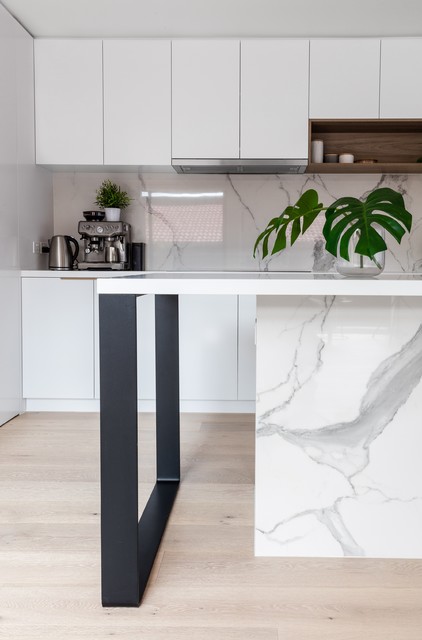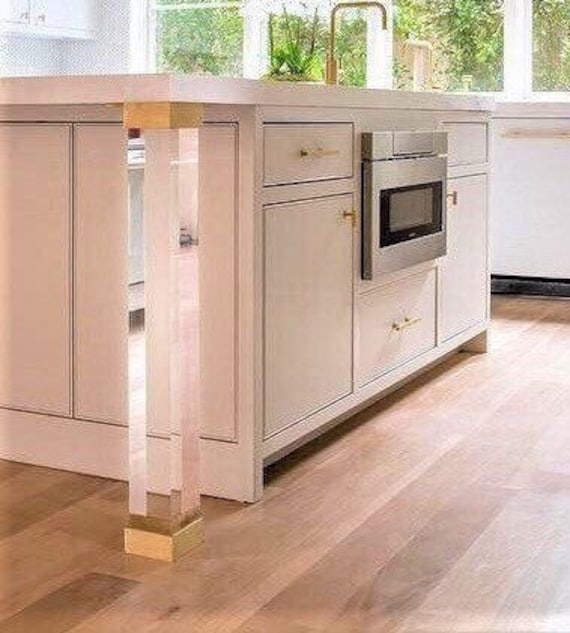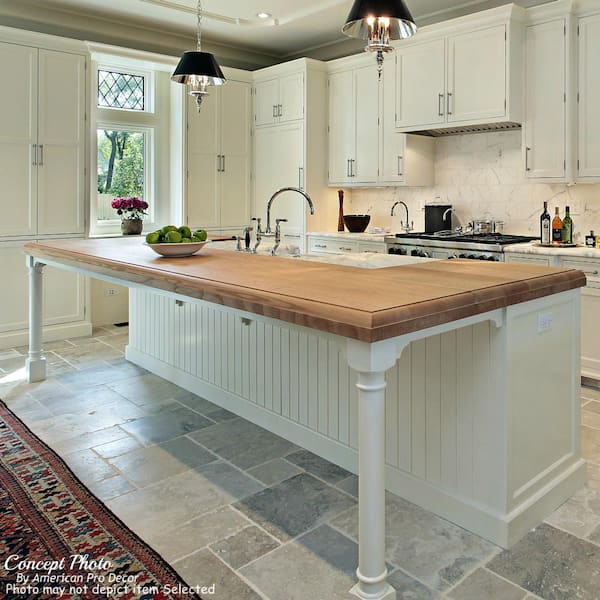A Comprehensive Overview to Selecting the Right Kitchen Island Leg
A Comprehensive Overview to Selecting the Right Kitchen Island Leg
Blog Article
The Value of a Sturdy Kitchen Area Island Leg in Developing a Functional Food Preparation Area
A tough kitchen area island leg offers as a basic component in developing a useful cooking environment, supplying required support for both the countertop and different cooking area tasks. As kitchens advance into multifunctional locations for food preparation, eating, and socializing, the option of materials and layout factors to consider for island legs comes to be increasingly essential.
Benefits of Sturdy Island Legs
Offering necessary support, tough cooking area island legs play an essential role in boosting the performance and sturdiness of kitchen islands - kitchen island leg. These legs not just birth the weight of the counter top and any additional products positioned on the island, but additionally add to the overall security of the structure. A well-supported cooking area island guarantees that it continues to be upright and practical, also under heavy use, which is particularly vital in busy cooking area environments
In addition, strong island legs can boost the aesthetic appeal of the kitchen area. They offer a solid structure that can complement numerous layout styles, from modern to conventional. This convenience enables house owners to customize their cooking area islands according to individual preference while ensuring that the structural stability stays uncompromised.
In addition to their supportive duty, robust kitchen area island legs can also improve safety. A steady island decreases the danger of accidents triggered by wobbling or tipping, which is specifically crucial in homes with children or elderly individuals. Moreover, solid legs can facilitate a seamless flow of tasks, permitting effective meal prep work and social communications within the cooking area room. Ultimately, buying durable kitchen area island legs is necessary for a useful and aesthetically pleasing cooking location.
Materials for Kitchen Island Legs
When choosing products for kitchen area island legs, toughness and visual allure are critical factors to take into consideration,. The most usual products consist of hardwood, steel, and engineered timber, each offering unique benefits.
Hardwood, such as maple, oak, or cherry, is a classic selection because of its strength and classic appeal (kitchen island leg). It can endure significant weight and is immune to use, making it perfect for high-use cooking area settings. Furthermore, wood can be tarnished or painted to complement different kitchen area styles
Metal legs, typically crafted from stainless steel or wrought iron, provide a industrial and modern appearance. They are incredibly solid and can sustain considerable tons while being resistant to dampness and warm, which is beneficial in a cooking location. Steel legs can additionally be quickly cleaned, enhancing their usefulness.

Layout Considerations for Stability
The choice of materials for kitchen island legs directly affects the layout considerations for stability. When making a cooking area island, it is critical to evaluate the weight-bearing capability of the chosen products. Heavier products, such as solid timber or metal, usually provide higher stability, especially under the stress and anxiety of everyday usage.
Furthermore, the leg layout should include proper geometry to boost stability. A broader base increases the assistance area, decreasing the threat of tipping or wobbling. Factor to consider ought to additionally be provided to the elevation of the legs; see this site out of proportion leg lengths can bring about inequality, compromising the general stability of the island.
Additionally, the circulation of weight across the island is essential. Making certain that the leg placement straightens with the heaviest components, such as countertops and home appliances, will additionally boost security.
Maintenance Tips for Long Life

Cleaning is one more crucial element of upkeep. Relying on the product of the legs-- whether wood, metal, or composite-- ideal cleaning techniques must be used. For wooden legs, a gentle wipe with an ideal wood and a moist towel cleaner will certainly help protect their coating. Steel legs may need a light gloss to stop corrosion and maintain their appeal.
If the kitchen island experiences hefty use, consider enhancing the legs with added brackets or sustains to improve longevity. By complying with these maintenance pointers, home owners can ensure their kitchen island legs continue to be robust and functional for years to come.
Choosing the Right Leg Style
Routine upkeep makes certain that kitchen island legs stay practical and strong, yet picking the right leg style is similarly vital for both appearances Visit This Link and assistance. The choice of leg design can substantially influence the total design and consistency of your cooking area.

Functionality is one more crucial element. As an example, thicker legs or those with a durable base can support heavier counter tops and equipment, enhancing the island's energy. On the other hand, slim legs might create an airy appearance, ideal for lighter designs however possibly less helpful.
Final Thought
In summary, the importance of sturdy kitchen island legs can not be overstated in the creation of a functional food preparation location. go to this website These legs give vital support, boost stability, and add to the general aesthetic of the cooking area.
A tough kitchen area island leg serves as a fundamental part in establishing a useful cooking environment, giving essential support for both the countertop and numerous kitchen area tasks.Supplying important assistance, strong kitchen island legs play a crucial duty in enhancing the functionality and resilience of kitchen islands. Inevitably, spending in strong cooking area island legs is vital for a useful and visually pleasing cooking location.
Consideration must additionally be given to the elevation of the legs; disproportionate leg lengths can lead to inequality, compromising the general security of the island.
Wood legs offer warmth and a timeless look, while steel legs supply a modern and commercial feel.
Report this page